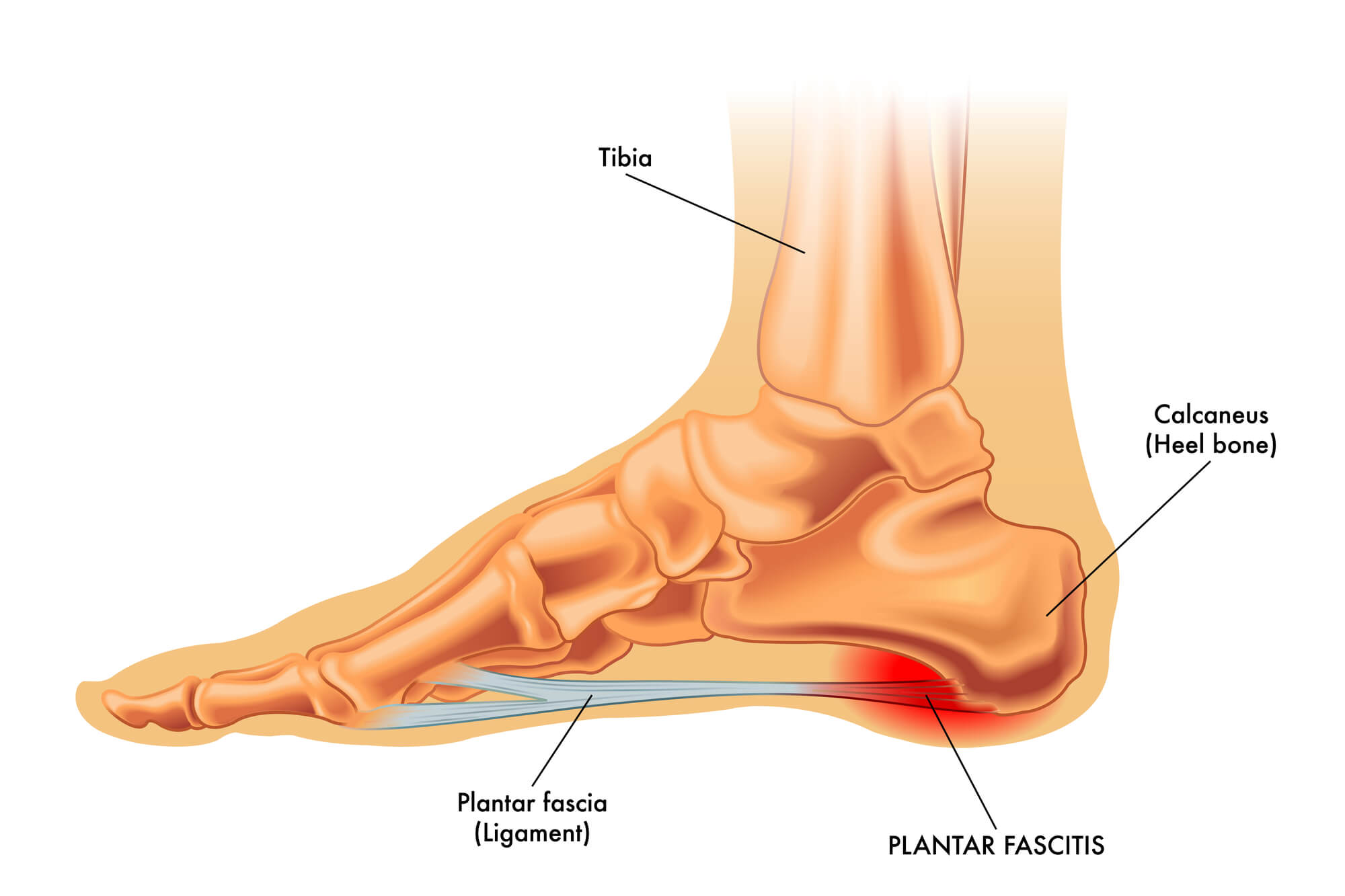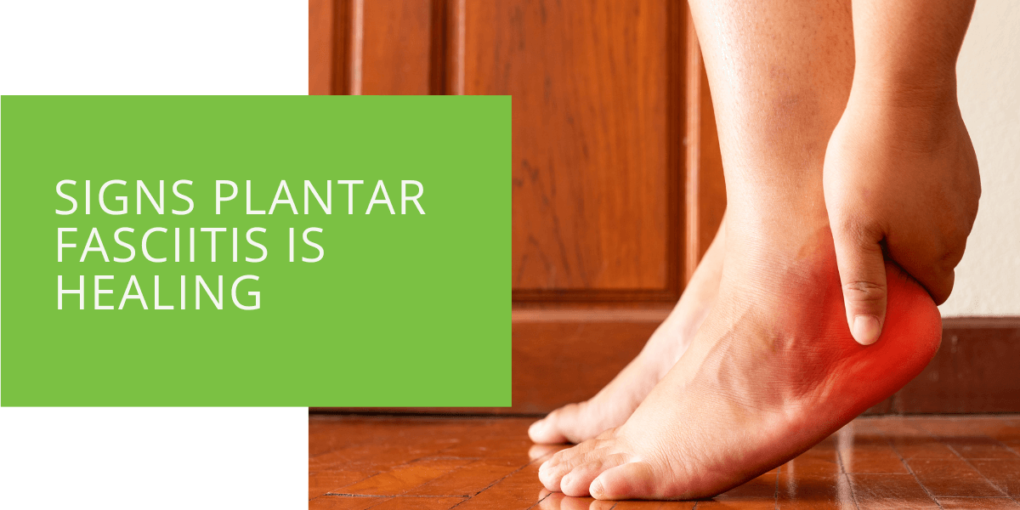Signs Plantar Fasciitis is Healing
Plantar fasciitis is a painful condition that affects the plantar fascia, the ligament that connects the heel bone to the arch of your foot. This condition can cause inflammation and foot pain, particularly in the heel, especially in the morning. Fortunately, many treatment options are available, and with time, plantar fasciitis can heal. In this article, we'll look at some signs of healing for plantar fasciitis.
Signs of Healing
Plantar fasciitis is a painful condition that can take time and patience to heal. While there is no set timeline for healing, tracking the following signs can indicate progress toward a healthier, pain-free foot.
Reduction in Pain
One of the most significant signs of healing is a reduction in pain. Pain levels can indicate progress toward recovery, and it's important to track pain levels regularly to determine if the healing process is on track.
Pain management strategies during the healing process may include rest, ice, compression, and elevation. Additionally, over-the-counter pain relievers or prescribed medication from a medical professional may also be helpful.
Increased Range of Motion
Another key sign of healing is an increase in the range of motion. Range of motion refers to the ability to move your foot and ankle through a full range of motion without pain or discomfort.
Simple stretching exercises can help improve the range of motion and aid in the healing process. A physical therapist can also provide guidance on appropriate exercises to improve your range of motion and help you regain flexibility in your foot and ankle.
Improved Functionality
As your plantar fasciitis heals, you should also notice an improvement in functionality. This might include the ability to stand or walk for more extended periods of time without pain or discomfort, or the ability to complete daily activities without discomfort.
It's important to keep track of these improvements and monitor your progress to stay motivated. This can be done by keeping a journal or recording daily activity levels to determine if there are any changes or improvements.
Gradual Return to Physical Activity
While it's important to rest and avoid aggravating your plantar fasciitis during the healing process, it's also important to gradually reintroduce physical activity as you begin to heal.
A physical therapist can help you create a safe exercise plan to aid in the healing process and improve your overall gait and foot health. Starting with low-impact exercises and gradually increasing intensity and duration can help prevent further injury and aid in the healing process.
Normalization of Daily Activities
Finally, as your plantar fasciitis continues to heal, you should be able to complete normal daily activities without pain or discomfort. This might include walking to and from work, doing household chores, or even participating in low-impact exercises.
It's important to monitor progress toward normal daily activities to ensure that healing is progressing as expected. Keeping track of daily activity levels and noting any improvements can help you stay motivated and on track toward a healthier, pain-free foot.

How to Heal Plantar Fasciitis Faster
Healing from plantar fasciitis can take time, but there are steps you can take to speed up the healing process and minimize discomfort. Here are a few tips for healing plantar fasciitis faster:
Rest and Avoid Aggravation
Rest is an important component of healing from plantar fasciitis. Avoiding activities that aggravate your foot and refraining from high-impact exercises can help minimize pain and inflammation.
It's important to listen to your body and avoid pushing yourself too hard. It may also be helpful to wear supportive footwear with good arch support to minimize stress on your plantar fascia.
Use Ice and Heat Therapy
Ice and heat therapy can be helpful in reducing pain and inflammation associated with plantar fasciitis. Applying ice to the affected area for 15-20 minutes at a time several times a day can help reduce pain and swelling.
Heat therapy can also be helpful in increasing blood flow to the affected area and aiding in the healing process. Heat therapy can be applied through the use of a heating pad or warm towel.
Stretch and Strengthen
Stretching and strengthening exercises can help improve the range of motion and aid in the healing process. A physical therapist can provide guidance on appropriate exercises to help stretch and strengthen your calf muscles and plantar fascia.
Additionally, foam rolling and massage can help alleviate tension and pain in the affected area.
Seek Medical Attention
If your plantar fasciitis pain persists or worsens, it's important to seek medical attention from a qualified healthcare professional. Your doctor may recommend additional treatments such as custom orthotics, physical therapy, or medication to help manage pain and inflammation.
By following these tips and seeking medical attention when necessary, you can help speed up the healing process and return to pain-free daily activities as soon as possible.
Conclusion
If you're suffering from plantar fasciitis, it's important to seek treatment as soon as possible to minimize pain and inflammation. With the right treatment plan and careful monitoring, plantar fasciitis can heal, and you can return to pain-free daily activities. By tracking the signs of healing outlined in this article, you can stay motivated and ensure that you're making progress toward a healthier, happier foot.

